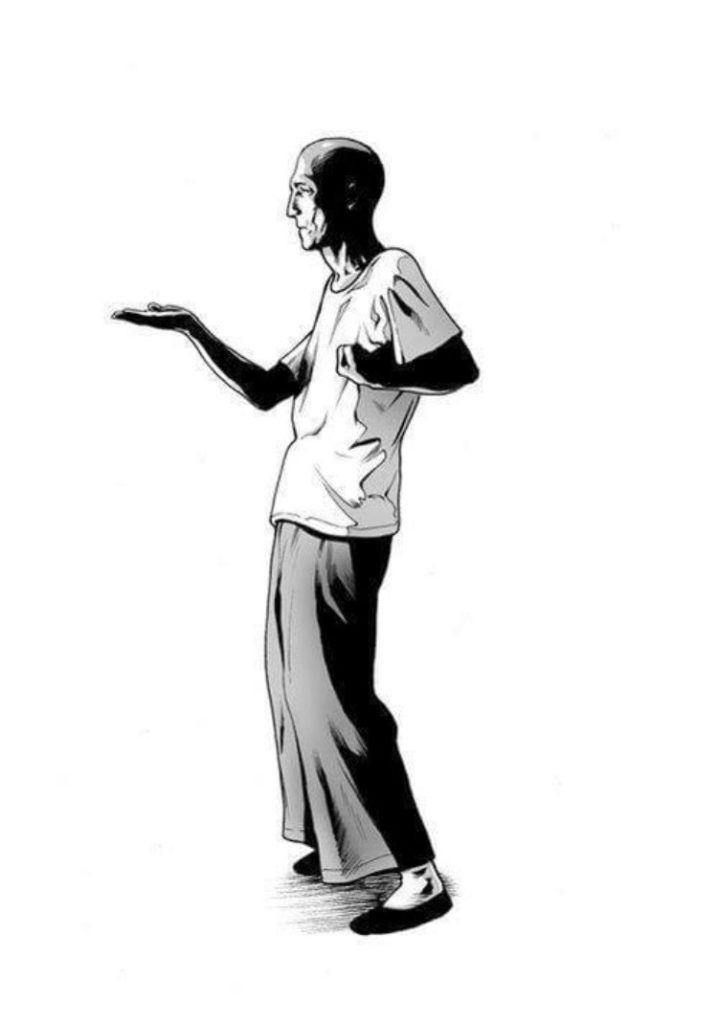If you’re learning Wing Chun you should definitely do some Wing Chun training at home, to supplement class time training. Some instructors will even say if you’re not training at home you’re wasting your time, and theirs! But what Wing Chun training can you actually do at home, and how much use is it?
If you’re not training with a qualified Sifu who has at least 10 years training under their belt, there’s a limit to how much you can actually learn at home from Wing Chun videos. You can’t, for example, learn Chi Sau and the various drills such as dan chi sau, lap sau and pak sau drills. These drills teach you hand sensitivity and relaxation with a live opponent, while learning to react spontaneously to attacks. You can’t respond to attacks thrown at you by a training partner either. Having multiple training partners at a school gives you the experience of many different attackers. This simply can’t be replicated by home training alone.
However, Wing Chun training at home can be useful if you know what to train as a supplement to classes, and how to train it. The forms of course should be part of your home training regimen, starting with Siu Lim (NIm) Tao.
Siu Nim Tao is the first of the hand patterns. The basic pattern can easily be learned through repetition using a video. What the moves mean and the application is something you can also read about. Here’s a video of Shu Shong Tin performing the First form: Siu Lim Tao.
Wing Chun Training At Home: Siu Lim Tao
The first hand pattern of the Wing Chun system Siu Lim Tao is fairly simple looking. Only the hands move and there’s no stepping or turning until the second form (Chum Kiu). But don’t let the simple appearance of the first form fool you! There’s a lot of depth in these simple movements which are unseen. To properly understand the first form it should be practiced on a regular basis, at least every day. Even 15 minutes daily practice of the form would give you a better understanding of what Siu Lim Tao can accomplish than 2-3 hours only once a week.

The cumulative effect of regular practice can give you a strength within your positions and body which is subtle and soft, yet powerful. (See also internal Wing Chun) However, without Chi Sau practice with other Wing Chun practitioners, the benefit will be hard to see, and so regular practice of the Siu Lim Tao form alone will be a challenge to most people.
Wing Chun Training At Home: Other Forms
The the other forms in the system can easily be learned from looking at videos and copying too; at least in terms of the basic pattern. The finer details and of course testing of connection and power will be missed without partner work and instruction though. Here’s a compilation video of Chu Shong Tin performing the second hand pattern in the Wing Chun system, Chum Kiu:
Wing Chun Training At Home: A4 Paper & String
You can of course train your punches at home with only a little knowledge. If you have learned the basic punching method of the system, you can train on a wall bag alone. You can also use a piece of A4 paper stuck to the wall with blue-tak. Start with large lumps of blu-tak which create a gap between the wall and the paper and as you get better, move the paper closer to the wall. As you punch, make contact with the paper only and don’t hit the wall. With regular practice this little trick can help you improve your control when punching.
You can also do the same thing with a piece of string and a weight at the bottom. Hang the string from the ceiling or a over a doorway. Then punch to the string. Here’s a video of this explained. This was during the lockdown of 2020 during which I ran a number of online classes to help my students.
The Wooden Dummy
The wooden dummy is of course well worth getting if you’re serious about Wing Chun training at home! Learn the form and then take things out of it to train individually. Here’s a short video explainer I created during lockdown of 2020 to help my students learn some drills they could practice with their wooden dummy.
See also this article with a few more ideas for training at home.


